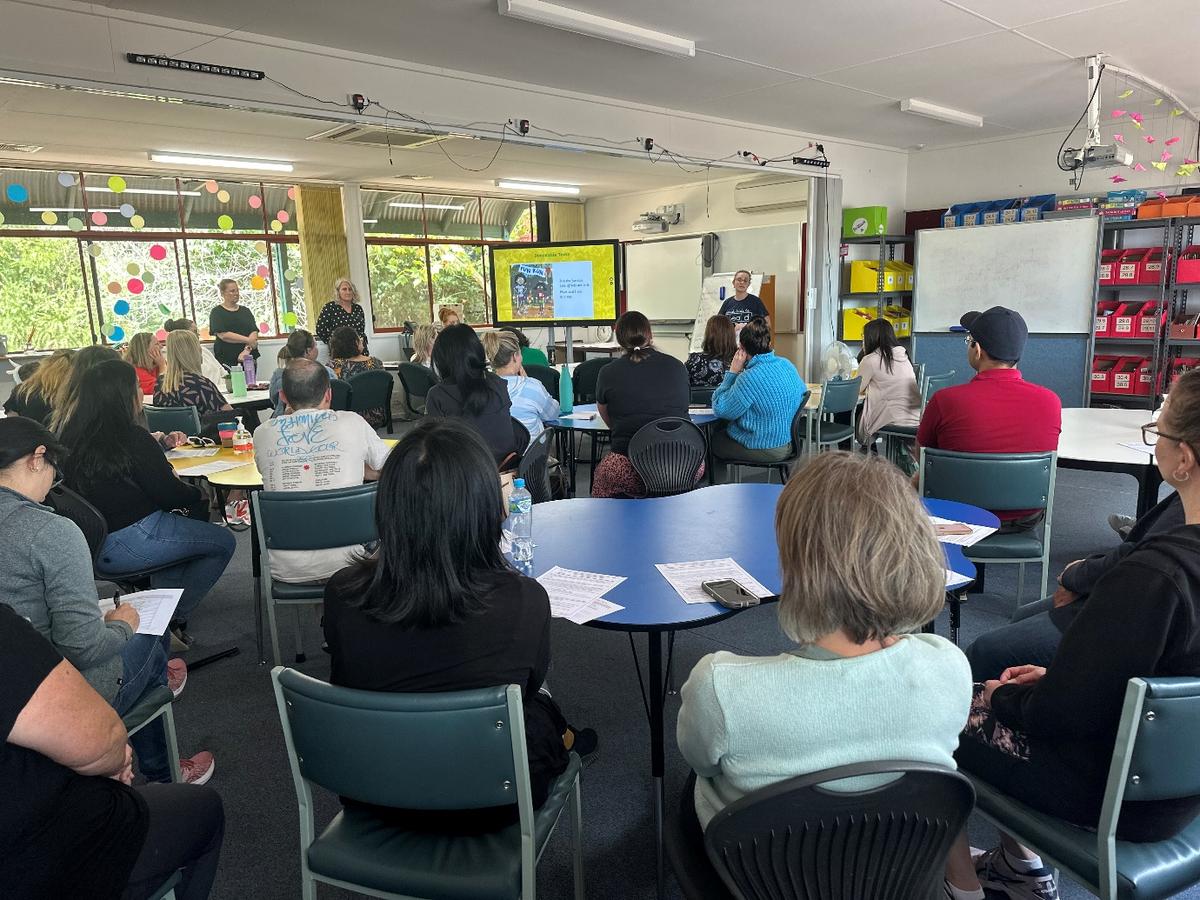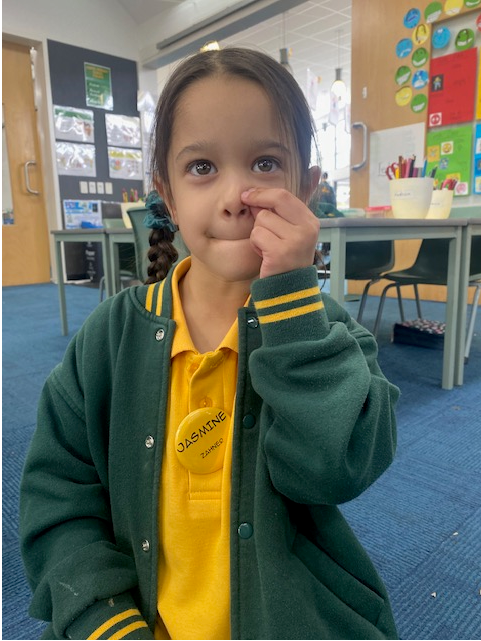Assistant Principal - Teaching and Learning
Ms Ashley Kuusela

Assistant Principal - Teaching and Learning
Ms Ashley Kuusela
Its hard to think that we are now past half way of Term 1. Where did the past 6 weeks go? We really did hit the ground running and whilst it can be easy to think more about the things we are yet to do, and yet to achieve, I would like to extend my gratitude to staff, students and parent for all that we have already accomplished.
Firstly, we had a wonderful turnout at our Parent Helper and Reading Information session last week. Being able to share our whole school goal to improve reading instruction and student learning by using a structured literacy approach is a privilege. I am so grateful to the parents who positively and actively engage with us to learn more to support our young people. We have a wonderfully dedicated staff and I thank our Junior School Leaders, Amy Ellis, Fiona Marker and Karen Corrales, for the extra mile they go to share their knowledge with others- it is priceless.
We are looking forward to now inviting these parents into our classrooms to support student's reading developing their confidence…. whether they be in Foundation or Year 6.
What has proven impossible is finding a time to offer these sessions that works for everybody’s schedule. So of course not everyone who wanted to come along was able to do so. Please know that we will offer another session in early Term 3 and the plan is to schedule this in after hours. Please look out for details later in Term 2.


............................................................
Cued Articulation
This week, our Foundation, Year 1 and Year 2 teachers began a series of training sessions about Cued Articulation which is a teaching strategy that they are implementing in the classroom, specifically when teaching Reading.
Cued Articulation is a popular visual signing system used to help students learn speech sounds and to support their speaking and literacy skills. It was first developed by speech and language therapist Jane Passy, and it focuses attention on how the mouth makes sounds and can help students hear the differences between speech sounds. It is not a sign language where the whole word is signed. The system is often used by teachers as part of a whole class literacy strategy. It is also used by teachers and Education Support Officers to support students with English as an Additional Language. Students with speech sound difficulties can also benefit from the visual reminders to use correct sounds but regardless of a student’s learning ability, it supports young children to correctly pronounce sounds in words. What you may notice at home is your child using the cues for sounds when practicing their reading. This is a wonderful thing, so please ask you child more about it. They may even be able to teach you the cue for different sounds.
Our Foundation students are already familiar with three sounds including /m/, /s/ and /f/ as demonstrated by Riley, Jasmine and Ocean in Foundation E.








……………………
NAPLAN
Next week students in Year 3 and 5 will participate in NAPLAN. Parents of children in these year levels would have already received information about the tests via Compass. For those of you who don’t know, NAPLAN is a national literacy and numeracy assessment that students in Years 3, 5, 7 and 9 sit each year. There are four tests in total and students will sit one per day, beginning next Wednesday 15th of March. It is the only national assessment all Australian students have the opportunity to undertake. For some students, formal testing can seem like a big and scary thing. In addition to teaching and learning, our job is to provide students with an organised, calm and supportive environment that sets them up to achieve their Personal Excellence. We are not concerned with being ‘The Best’, but rather ‘Doing Our Best’. If you are wondering how you can best support your child throughout the NAPLAN testing period, or any other assessment, it really does come down to positive mindset, keeping to predictable routines and providing lots of sustenance (good food, and plenty of sleep). Please avoid an overemphasis/ exaggeration of the importance of formal assessments, because while our intentions may be supportive, the result can actually have the opposite effect. If you would like to see what the NAPLAN tests look like, anyone can see the practice versions via the NAPLAN demonstration website at: https://www.nap.edu.au/naplan/public-demonstration-sit . If you have any further questions about NAPLAN, please speak with your child’s teacher who has been working hard this term to support your child to achieve their best.
See you about the school,
Ms Ashley Kuusela
Assistant Principal

